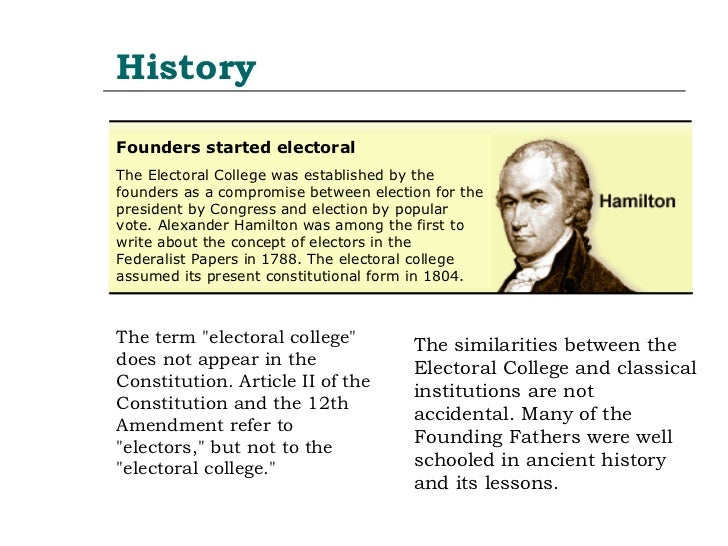 |
As the Ohio Supreme Court ruled in 1948, no state can ‘dictate to the electors’ how to vote.
To those counting the days until Nov. 8 when the presidential election campaign will finally end, some bad news: The contest won’t truly be decided until the Electoral College’s vote on Dec. 19. Then again, this could be good news for Americans who still hope to escape the dilemma presented by the major parties’ nomination of two unpopular candidates, Hillary Clinton and Donald Trump—but only if the electors’ constitutionally guaranteed independence is observed in the face of state laws seeking to control their votes.
 |
| CLICK CHART to ENLARGE |
America’s method of presidential selection is as peculiar and clever as the federalism and separation-of-powers principles that fostered it. To guard against the passions of populism, the Framers interposed a college of state-based electors between voters and the actual presidential selection. To discourage political obligation and intrigue, they provided that the electors would meet just once, in their respective states, for the sole purpose of casting ballots for the next president and vice president.
And to prevent the presidency from being captured by regional interests, they required the winner to obtain a majority of the Electoral College votes. Failing that, the election is thrown to the House of Representatives, to choose among the top three vote-getters.
Today, the Electoral College vote is regarded as a nearly mechanical process: The parties nominate their slates, elector seats are awarded (in most states) to the popular vote winner’s party slate, and a few weeks later the electors certify what the people have already chosen.
In an unusual campaign year like this one, however, that may be too much to take for granted. ...Read the rest of the WSJ op-ed HERE.
If you like what you see, please "Like" us on Facebook either here or here. Please follow us on Twitter here.


No comments:
Post a Comment